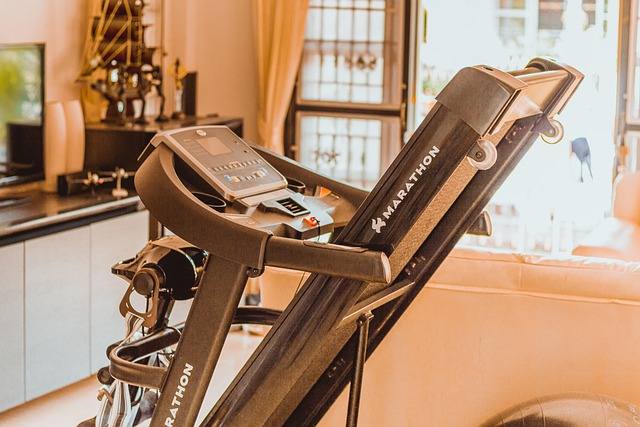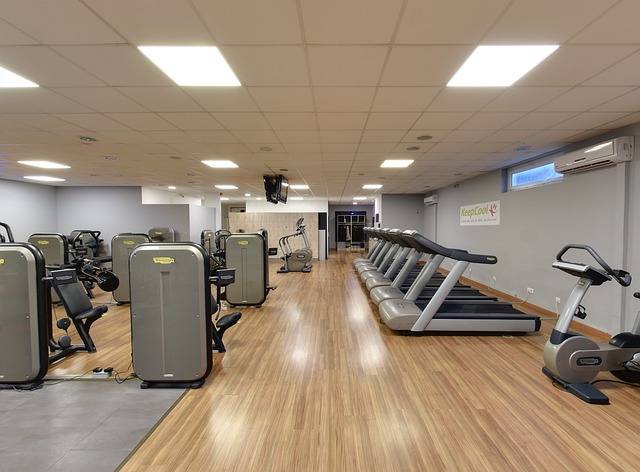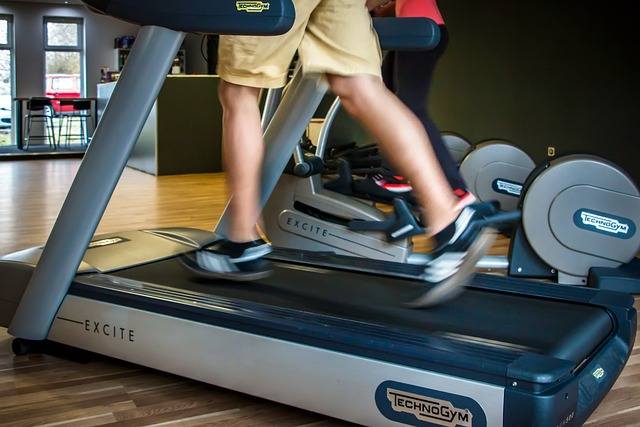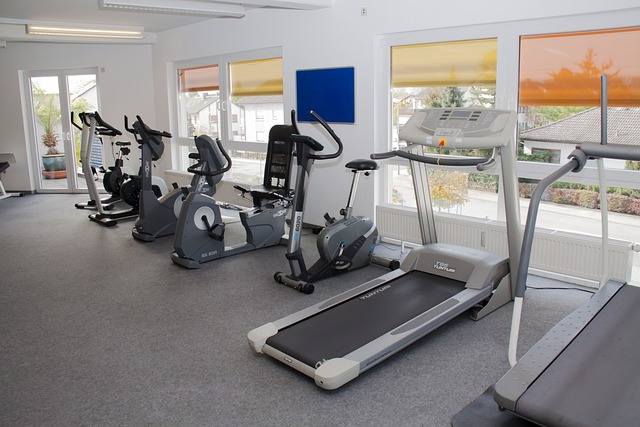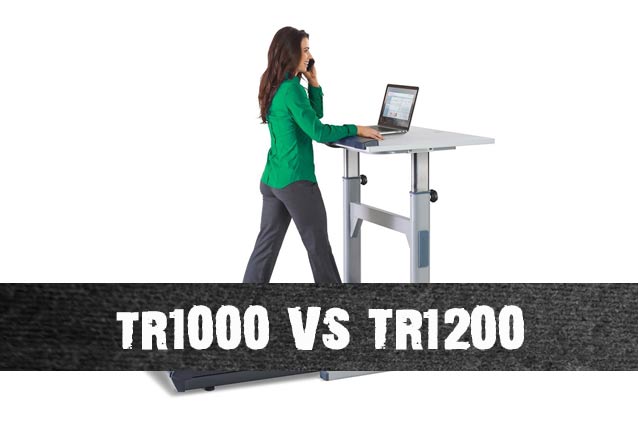Treadmill motors are the heart of your exercise machine. They provide the power and speed that you need to achieve your fitness goals.
However, if you don’t take proper care of your treadmill motor, it can overheat and cause serious problems.
Overheating can damage the motor, reduce its lifespan, affect the performance of the treadmill, and even pose a fire hazard.
In this article, we will explain the common causes of treadmill motor overheating, smell, how to prevent it, and what to do if it happens.
By following our tips, you can ensure that your treadmill motor stays in good shape and runs smoothly for a long time.
Causes of Treadmill Motor Overheating
There are several factors that can contribute to treadmill motor overheating. Some of them are:
Electrical Issues: Faulty wiring, loose connections, or issues with the electrical components can disrupt the motor’s normal functioning, potentially leading to erratic performance and overheating.
Excessive usage: If you use your treadmill for too long or too frequently without giving it enough rest, you can overwork the motor and cause it to overheat. The motor needs time to cool down between sessions, especially if you run at high speeds or inclines.
Voltage fluctuations: The power supply to your treadmill can vary depending on the quality of your electrical system and the devices connected to it. If the voltage is too low or too high, it can strain the motor and cause it to overheat.
Age and Wear: As treadmills age, their internal components can degrade. Worn-out parts, such as bearings and belts, can lead to increased friction and heat generation, contributing to motor overheating.
Dust accumulation: Dust and debris can build up inside the motor compartment over time, blocking the airflow and preventing the motor from cooling down. This can also affect the electrical components and cause short circuits or sparks.
Insufficient lubrication: The treadmill belt and deck need regular lubrication to reduce friction and wear. If you don’t lubricate them properly, they can create more resistance for the motor and make it work harder and hotter.
You might also be interested in exploring solutions for these treadmill-related issues:
Can overheating cause the smell of rubber?
Yes, overheating can cause the smell of rubber on a treadmill.
Treadmills are comprised of various rubber components, including the running belt, rollers, and cushioning elements.
These elements come into direct contact with mechanical parts, generating friction and heat during operation.
Over time, as the treadmill endures rigorous workouts, the friction and heat generated can cause the rubber components to heat up.
This process can lead to a breakdown of the rubber material, resulting in the emission of the telltale rubber odor.
How to mitigate the rubber smell associated with overheating?
Adequate cooling and ventilation play a crucial role.
Placing the treadmill in an area with proper ventilation aids in the dissipation of excess heat, subsequently helping to reduce the unpleasant rubber odor.
Additionally, turning off the treadmill and removing the motor cover are essential steps. Clear away any clogged hair, dust, and debris.
Utilizing a vacuum cleaner to clean both the motor and the fan will further decrease the likelihood of the rubber odor occurring.
Will not lubricating the treadmill belt cause overheating?
Yes, not lubricating the treadmill belt can cause overheating of the motor.
When the treadmill belt is in motion, it rubs against the deck and rollers. Without proper lubrication, this friction increases, generating heat in the process.
The heat generated from excessive friction can lead to overheating of both the belt and the motor.
Lubrication can also extend the lifespan of the belt and the motor, and prevent damage or fire hazards.
How to Lubricate a Treadmill?
Therefore, it is important to lubricate your treadmill belt regularly according to the manufacturer’s instructions.
Generally, treadmill belts should be lubricated every few weeks or after a certain number of hours of usage.
You should use a silicone-based lubricant that is specially designed for treadmills, and avoid using oil or other substances that can harm the belt or the deck.
Applying lubricant to the underside of the treadmill belt creates a lubricating barrier between the belt and the deck.
Prevention of Treadmill Motor Overheating
The best way to avoid treadmill motor overheating is to prevent it from happening in the first place. Here are some preventive measures that you can take:
- Follow the manufacturer’s guidelines: Your treadmill comes with a user manual that specifies the recommended usage time, speed, incline, weight limit, and maintenance schedule for your model. You should follow these guidelines carefully to avoid overloading or damaging the motor.
- Clean the motor compartment regularly: You should remove any dust or debris from the motor compartment at least once every three months. You can use a vacuum cleaner or a soft brush to gently clean the area. Make sure to unplug the treadmill before doing this.
- Lubricate the belt and deck adequately: You should lubricate the belt and deck according to the manufacturer’s instructions. You can use a silicone-based lubricant that is specially designed for treadmills. Do not use oil or other substances that can damage the belt or deck.
- Use a surge protector: You should plug your treadmill into a surge protector that can protect it from voltage fluctuations and power surges. This can prevent electrical damage and overheating of the motor.
What to Do If Your Treadmill Motor Overheats
If you notice that your treadmill motor is overheating, you should stop using it immediately and take the following steps:
Open access to the motor compartment: You should remove the cover of the motor compartment and let the motor cool down. You can use a fan or an air conditioner to speed up the cooling process.
Check for any visible damage: You should inspect the motor for any signs of damage, such as burns, cracks, leaks, or smoke. If you see any of these, you should contact a professional technician for repair or replacement.
Check the belt and drive belt tension: You should make sure that the belt and drive belt are not too loose or too tight. You can adjust them by using an Allen wrench or a screwdriver according to the manufacturer’s instructions.
Test the treadmill: After letting the motor cool down completely, you should plug in the treadmill and test it at a low speed. If it works normally, you can resume your exercise routine. If it still overheats or makes unusual noises, you should stop using it and call for service.
Final Thoughts about Treadmill Motor Overheating
The motor serves as the heart of the treadmill and constitutes a relatively high-cost component.
Refer to your warranty guide to determine whether it covers motor replacement services. If it does not, then it becomes even more imperative to maintain it to prevent damage.
Preventing treadmill motor overheating involves a combination of proper usage, regular maintenance, and environmental considerations.
Ensuring adequate ventilation, cleaning internal components, and lubricating moving parts can significantly reduce the risk of motor overheating. This will eliminate any concerns about a burning smell.
Feel free to run to your heart’s content without worry!
Hi! I’m Chris Lewis. I’m a certified personal trainer with over 10 years of experience helping clients achieve fitness goals. As someone passionate about fitness, I understand the importance of living a healthy and positive lifestyle–and I want to help others achieve this goal. Whether you want to lose weight, exercise muscles, or just improve your overall health, I will guide and support you in every step.

